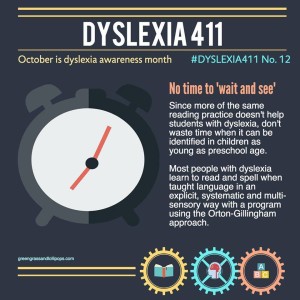This is probably the hardest step in planning my school year. This step is not required by the P.S.P I belong to, but it helps me to stay on top of things. I only do this in-depth step for my high schooler. I do a modified version for my son which I will share later.
Again, I have been using these two amazing books: The High School Handbook and Senior High: A Home-Designed Form+U+La
Course Design: A course design is a detailed explanation of what is the course requirement. In the Course Description I do an overall explanation of what are the goals and objectives. In the Course Design I give specifics on how we will achieve those goals.
A Course Design might be as simple as:
- Complete all chapters in the textbook
- Complete all 12 chapter tests
As I design the course I also have to consider how many credits this course is worth. If I am doing a 5 credit class (75 hours) I guesstimate what each requirement will take. When using a textbook, it is a little easier since 1 textbook usually equals 10 credits. Some curriculums will say “one semester” which would translate to 75 hours.
The harder part is when I am creating a class. I have created classes like: Study Skills or Home Economics. I don’t know exactly how long something will take so I have to go with what I know about my child (reading speed, interests) and what I know from experience. I am also relying heavily on the expertise of the ladies who wrote the above books. They have many course designs that are easily transformed to something that fits my child and our life situation.
For our Home Economics class I decided to use the Betty Crocker Cookbook as her base textbook and then supplement with other cookbooks, Pinterest, and other websites.
I am also including holiday baking, etc as part of the curriculum. For example, helping with appetizers and desserts for Thanksgiving counts towards Home Ec hours. Baking Christmas cookies also counts.
- The Grade Standard explains:
- How each course will be graded
- How student can earn the grade
Going back to the Home Ec class, I am not grading each cooking session, but I am requiring 45 hours of Home Ec. When those hours are completed, they earn an A. So part of her grading sheet will include an hourly log or check off list to help keep track of her time spent on tasks.
Some other classes are more complicated. A core subject will be graded based on assignments, quizzes or test. Some classes, like English, will have written papers to add to grade. Most of the time I break down the grade like this; 50% assignments and 50% quizzes and tests. If the subject has several components, I will assign a percent to each component for a total of 100%. For History, she has 10% co-op attendance, class assignments, reading assignments, home work assignments, and exams.

